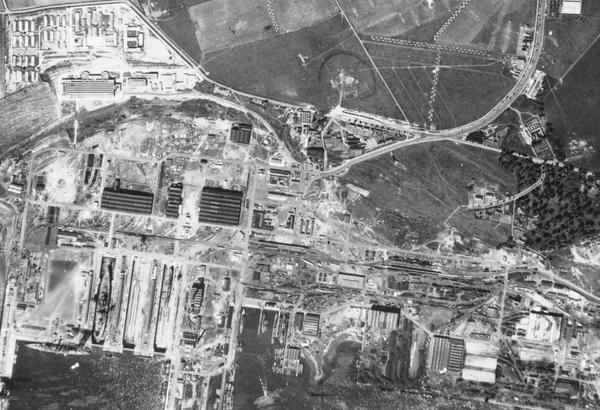How-To Guides
In this section:

Types of Aerial Images
The capture of aerial photography has most often been been a systematic process. Learn to identify each type and see how they differ.

Scale in Aerial Images
Aerial photographs come in a range of different scales. Learn what impact different scales have on understanding aerial photographs.

Interpreting Aerial Images
Learn more about how to analyse and understand aerial imagery to make the best use of it for your research needs.